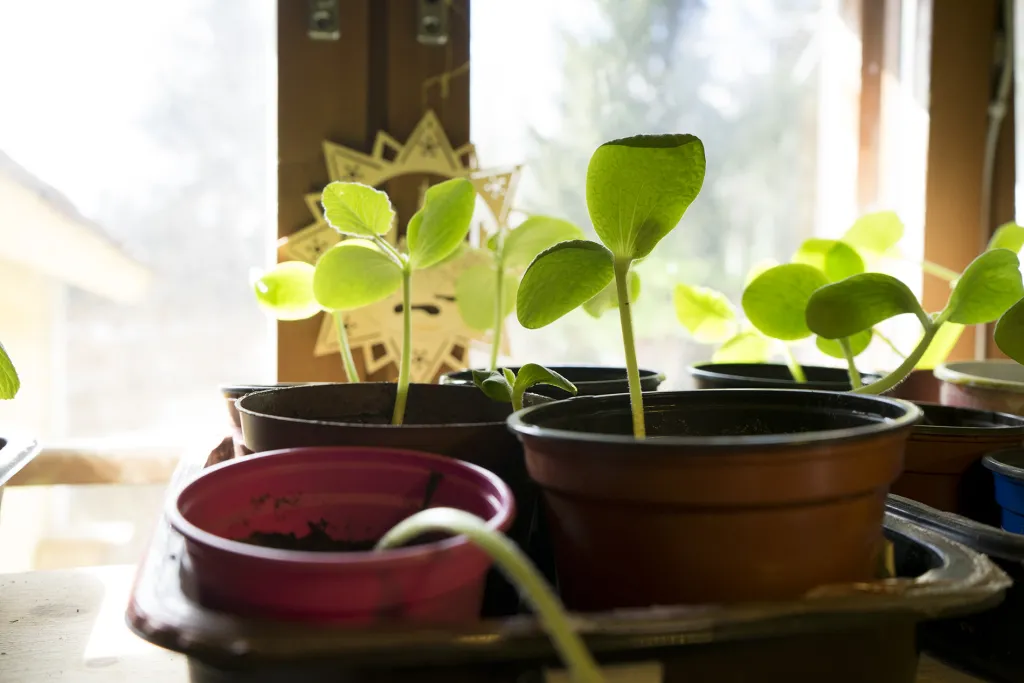For example, some plants have a natural ability to repel pests, such as insects or rabbits, and can be planted near other plants that are susceptible to these pests in order to protect them. Other plants may produce chemicals that can help to improve the health and growth of neighboring plants, or may help to enrich the soil and make it more fertile.
Additionally, companion planting can also help to create a more diverse and balanced ecosystem in the garden, by providing habitat and food sources for beneficial insects and other animals. This can help to control pests and diseases, and can also support a healthy and thriving ecosystem.
Some examples of companion planting:
- Planting marigolds near tomatoes can help to repel pests like rabbits and tomato hornworms, and can also improve the growth and health of the tomatoes.
- Planting basil near tomatoes can help to improve the flavor of the tomatoes, and can also help to repel pests like flies and mosquitoes.
- Planting beans near corn can help to improve the growth and productivity of both plants. The beans can provide nitrogen to the soil, which the corn can use for growth, and the corn can provide support for the beans to climb.
- Planting borage near strawberries can help to improve the growth and flavor of the strawberries, and can also attract beneficial insects like bees, which can help to pollinate the strawberries.
- Planting chives near carrots can help to repel pests like carrot flies, and can also improve the growth and flavor of the carrots.
Articles tagged with companion planting
Carrots Are in the Ground
The Finnish spring 2017 has been extremely cold, much colder than usual. We've had snowfall well into May, and frost has been a frequent guest, especially at night. That has meant that we've been able to sow very few plants outside yet.


